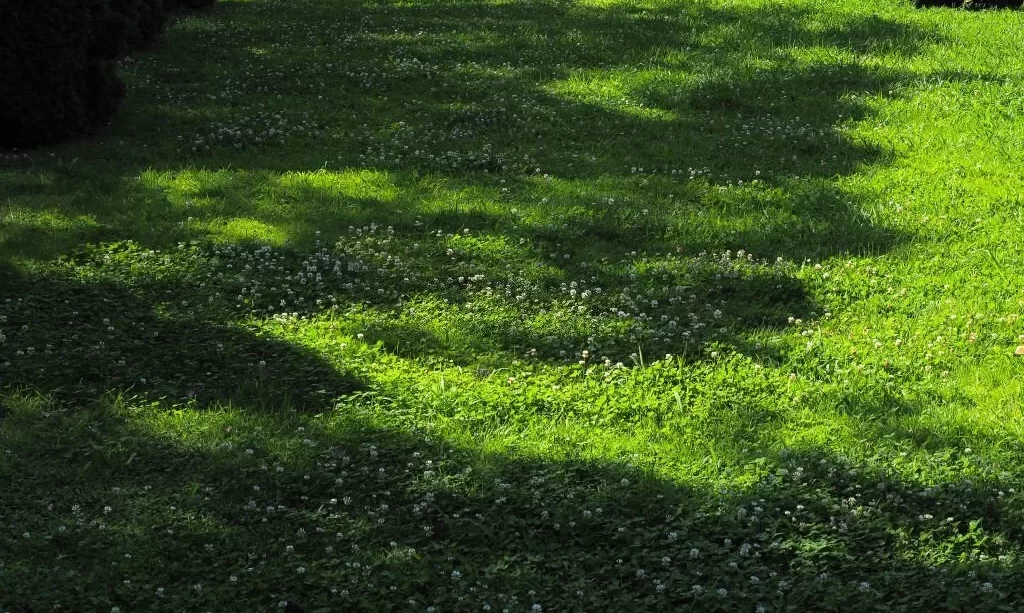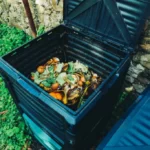Clovers, those charming little plants often associated with luck and vibrant green fields, are not just symbols but also some of the most versatile and beneficial plants you can find in various landscapes. From lush lawns to vibrant gardens and as cover crops in agriculture, clovers have carved a space for themselves with their unique set of advantages. Yet, one crucial aspect that gardeners, landscapers, and farmers often ponder is the shade tolerance of clovers. Can these plants thrive in the less sun-kissed areas of our outdoor spaces? In this article, we embark on a journey to explore the fascinating world of clovers and their growth patterns in shaded environments. Understanding the shade tolerance of different clover varieties is essential for making informed decisions in gardening and landscaping, whether for ecological sustainability or ornamental appeal.
The Versatility of Clovers
Clovers are not merely a symbol of good fortune; they are also practical plants with a myriad of uses. You can find them in lawns, gardens, pastures, and agricultural fields, contributing to the beauty and health of these environments. Their versatility is one of their most compelling features.
One of the primary reasons clovers are cherished is their ability to fix nitrogen from the air into the soil, making them natural nitrogen fertilizers for the plants around them. This nitrogen-fixing trait benefits not only the clovers themselves but also neighboring grasses and plants by enriching the soil.
Clovers are also effective at weed suppression due to their dense growth and competition for space with unwanted plant species. This quality reduces the need for chemical herbicides and keeps your landscape or garden looking pristine.
Furthermore, the dense growth of clovers provides a cushiony surface in lawns, perfect for leisurely strolls or children’s play. Their ability to tolerate regular mowing, unlike some grasses, makes them ideal for lawns that see frequent foot traffic.
In agricultural settings, clovers serve as cover crops, preventing soil erosion and improving its overall health. Their capacity to attract beneficial insects and pollinators makes them a valuable addition to sustainable farming practices.
Understanding the full range of advantages offered by clovers is essential for harnessing their potential in various outdoor settings. When considering their suitability for shaded areas, we must delve into the shade tolerance of specific clover varieties to make informed choices that align with our landscaping and gardening goals.
Clover Varieties and Shade Tolerance
Clovers come in various varieties, each with its unique characteristics, including differences in shade tolerance. Some of the common clover varieties include white clover, red clover, and alsike clover. Understanding the shade tolerance of these varieties can help you choose the right clover for specific landscaping or gardening needs.
White clover (Trifolium repens): White clover is known for its adaptability and shade tolerance. It can thrive in partial shade and is often used in lawns, as it forms a low-growing, dense mat. White clover’s nitrogen-fixing capabilities make it a popular choice for improving soil health. It’s well-suited for areas with reduced sunlight, making it a valuable addition to shaded lawns and gardens.
Red clover (Trifolium pratense): Red clover is another commonly used clover variety that exhibits moderate shade tolerance. While it prefers full sun, it can still grow in areas with partial shade. Red clover is often chosen as a cover crop in agriculture to enhance soil fertility, making it a valuable option for shaded agricultural fields.
Alsike clover (Trifolium hybridum): Alsike clover falls somewhere between white and red clover in terms of shade tolerance. It can withstand partial shade but generally prefers more sunlight. Alsike clover is used as a forage crop and in some wildlife food plots, offering a degree of adaptability to shaded environments.
Understanding the specific shade tolerance of these clover varieties allows you to make informed decisions about which clover type best suits your landscaping or gardening goals in shaded areas.
Growing Clovers in Shade
When it comes to growing clovers in shaded areas, proper preparation and care are essential for success. Here are some key considerations:
- Soil Quality: Clovers, even shade-tolerant varieties, thrive in well-draining soil. Ensure that your shaded area has soil with good drainage to prevent waterlogged conditions.
- Moisture Levels: Adequate moisture is crucial for clover growth, especially in shaded environments where the soil may stay damp. Monitor soil moisture and adjust watering as needed to maintain an optimal balance.
- Shade Duration: Assess the amount of shade the area receives. Partial shade, where there are intermittent periods of sunlight, may be more suitable for some clover varieties compared to deep shade with minimal light exposure.
- Soil pH: Test the soil’s pH and adjust it if necessary. Clovers typically prefer slightly acidic to neutral soil conditions. Amending the soil to achieve the right pH can enhance clover growth.
- Planting Depth: Follow the recommended planting depth for your chosen clover variety. Planting too deeply can hinder germination and growth, especially in shaded areas with limited light.
By carefully considering these factors and selecting shade-tolerant clover varieties, you can successfully incorporate clovers into shaded areas, benefiting from their unique properties and contributions to soil health, even in environments with reduced sunlight.
Benefits of Shade-Tolerant Clovers
Shade-tolerant clovers offer a range of advantages in various landscaping and gardening scenarios. Understanding and harnessing these benefits can lead to more sustainable and visually appealing outdoor spaces:
- Ecological Sustainability: Shade-tolerant clovers, like white clover, promote ecological sustainability. Their nitrogen-fixing abilities enrich the soil, reducing the need for chemical fertilizers. This not only saves money but also minimizes the environmental impact of synthetic fertilizers.
- Weed Suppression: The dense growth of shade-tolerant clovers, combined with their competition for space, effectively suppresses weeds. This can reduce the need for herbicides, making your garden or landscape more environmentally friendly.
- Biodiversity: Shade-tolerant clovers can attract beneficial insects, including pollinators like bees and butterflies. By creating a welcoming environment for these creatures, you contribute to biodiversity and support essential ecosystem functions.
- Soil Health: By improving soil structure and nutrient content, shade-tolerant clovers help enhance soil health. This has a cascading effect, benefiting the growth of other plants and contributing to a more sustainable and resilient landscape.
- Aesthetic Appeal: In gardens and lawns, shade-tolerant clovers can add to the aesthetic appeal. Their low-growing, green foliage provides a lush and vibrant backdrop that can be visually pleasing, especially in shaded areas.
- Reduced Maintenance: Clovers, once established, require relatively low maintenance. Their ability to withstand partial shade means you can enjoy the benefits of clover without the need for constant sunlight.
Conclusion
In conclusion, the shade tolerance of various clover varieties opens up exciting possibilities for landscape and garden design. Shade-tolerant clovers like white clover, red clover, and alsike clover offer multiple benefits, from ecological sustainability to reduced maintenance requirements.
Understanding the specific shade preferences of these clover varieties and considering factors like soil quality, moisture levels, and shade duration enables gardeners and landscapers to make informed decisions about incorporating clovers into shaded environments.
Whether you aim to improve soil health, suppress weeds, support biodiversity, or enhance the visual appeal of your shaded areas, shade-tolerant clovers have much to offer. By selecting the right variety and providing the necessary care, you can reap the rewards of clovers in your landscaping and gardening endeavors while embracing the advantages they bring to both the environment and your outdoor spaces.



